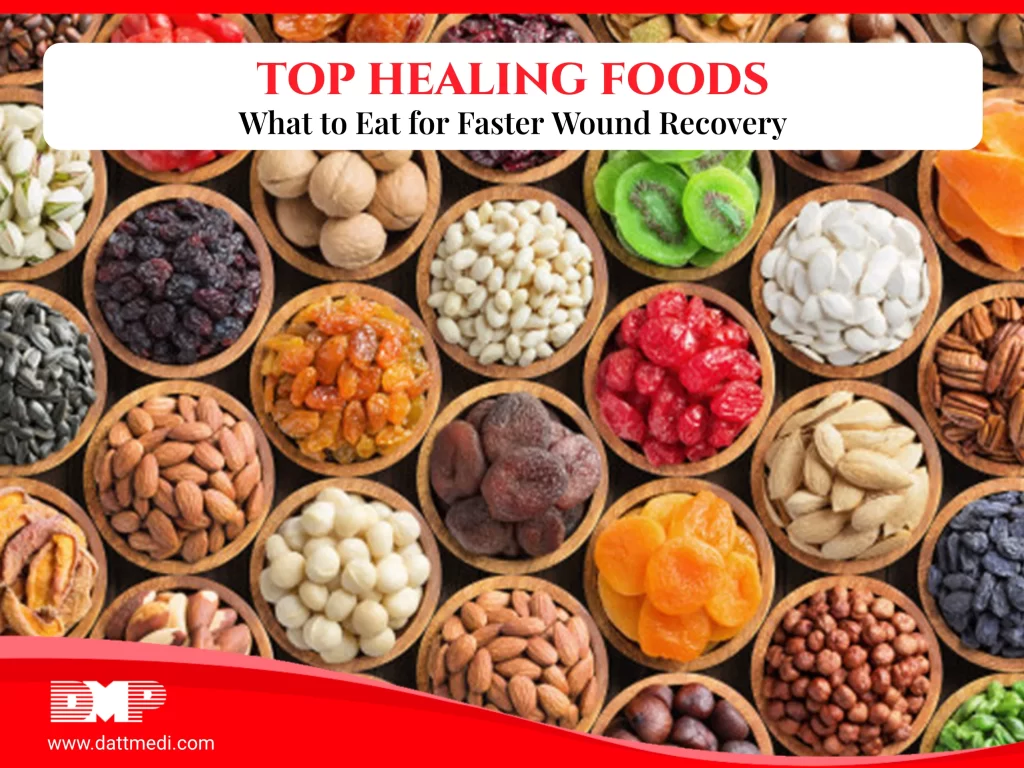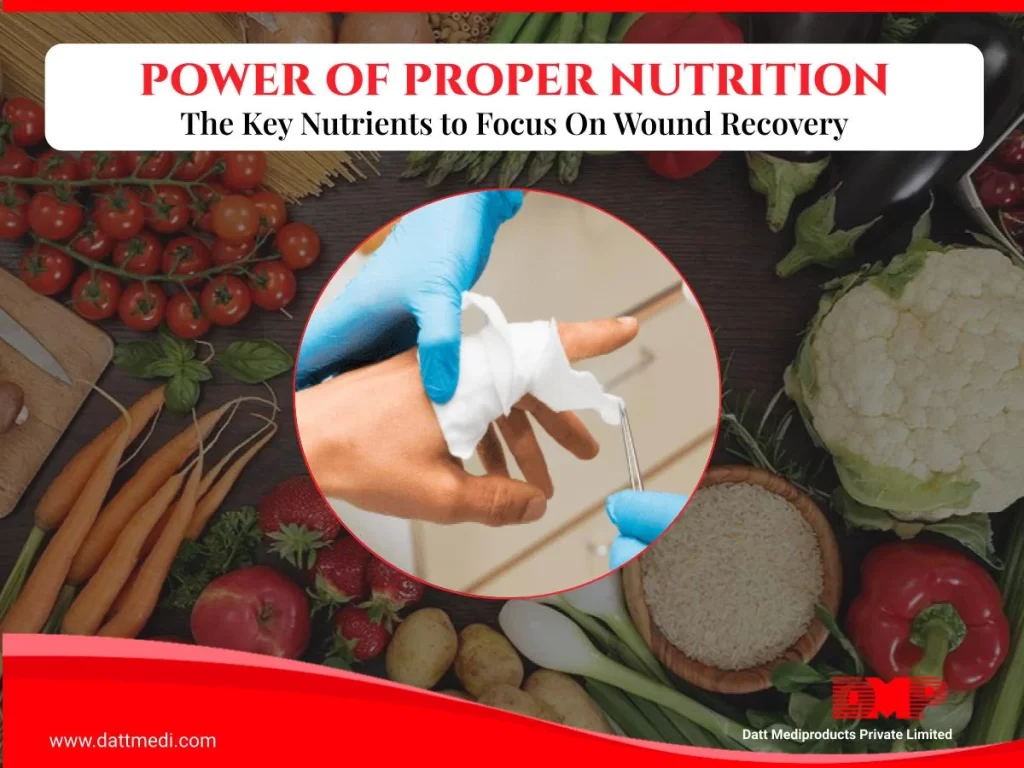
Sterilization is the process of decontaminating surfaces and objects, while sterilization makes sure that all the harmful microorganisms are killed /deactivated, disinfection is basically for surface cleaning only, and done by chemicals.
Sterilization ensures that there is no microbe transmission from one to another and the microbes don’t grow. Medical sterilization is of utmost importance, and all the doctors, as well as pathologists make sure that the needles, bandages, dressings etc. are appropriately sterilized so that the patients are not infected with microbes from someone else.
Steam, ETO, Gamma, Chemical, and Plasma are the common types of sterilization.
Steam Sterilization is suitable for all the glassware, medical wastes as well as the surgical instruments needed by doctors during operation.
ETO Sterilization method is done with the help of Ethylene Oxide Gas. ETO sterilises everything that can’t be steam sterilized. It is a broad-spectrum sterilization method adopted widely across the medical industry. This technique is well suited for sterilizing things like cardboard, plastic, and various electronic components.
Gamma Sterilization process kills microorganism that is present in a wide variety of products with the help of cobalt 60 radiation.
Chemical Sterilization method is used on objects and often uses various chemicals like formaldehyde that is known to make the surface completely clean from any harmful microorganisms.
Plasma Sterilization (Low Temperature Sterilization) is the most recent method of sterilizing the medical equipment that involves the use of hydrogen peroxide gas plasma and usually added to a chamber where the good needs to be sterilized. An electric field ionizes the gas and the plasma and thus create a highly effective deactivating microorganisms
How should you ensure that the equipments are sterile?
Doctors should ensure to sterilize all the equipment’s with one of the above methods on a regular basis after every surgery or usage for the safety of the patients. They should also make sure that disposable items are thrown off after a single use.
It can often get life threatening, if proper attention is not given to ritualistically sterilizing all the equipment. Patients too should be attentive and aware of the need and importance of sterilization. If you are visiting a doctor, make sure that any needle or medical dressing is opened from a sealed pack in front of you. Otherwise, you can choose to open by your own.
Little precaution can help you with your own safety. Make sure sterilized products are used either by doctors or yourself. In this way, you can always be sure products are completely sterile and safe for usage.
Please note:
There is difference between Disinfection and Sterilization. Sterilization consists of several methods to totally get rid of harmful microorganisms or bacterial spores which are on the surface on the object as well as inside packaging. Whereas Disinfection would reduce maximum number of harmful bacteria on the surface of an object only by using chemicals. Hence both are essential in everyday life and especially in Hospitals and Public Areas.
Datt Mediproducts offers a range of products like sterile gauze swab, laparotomy sponge, eye pad with adhesive borders sterile dressing kits, etc. These products go through rigorous tests to ensure the safety and efficacy. Most of the doctors prefer using Datt Mediproducts and they can also be used for home care of certain problems like wounds and infections.




